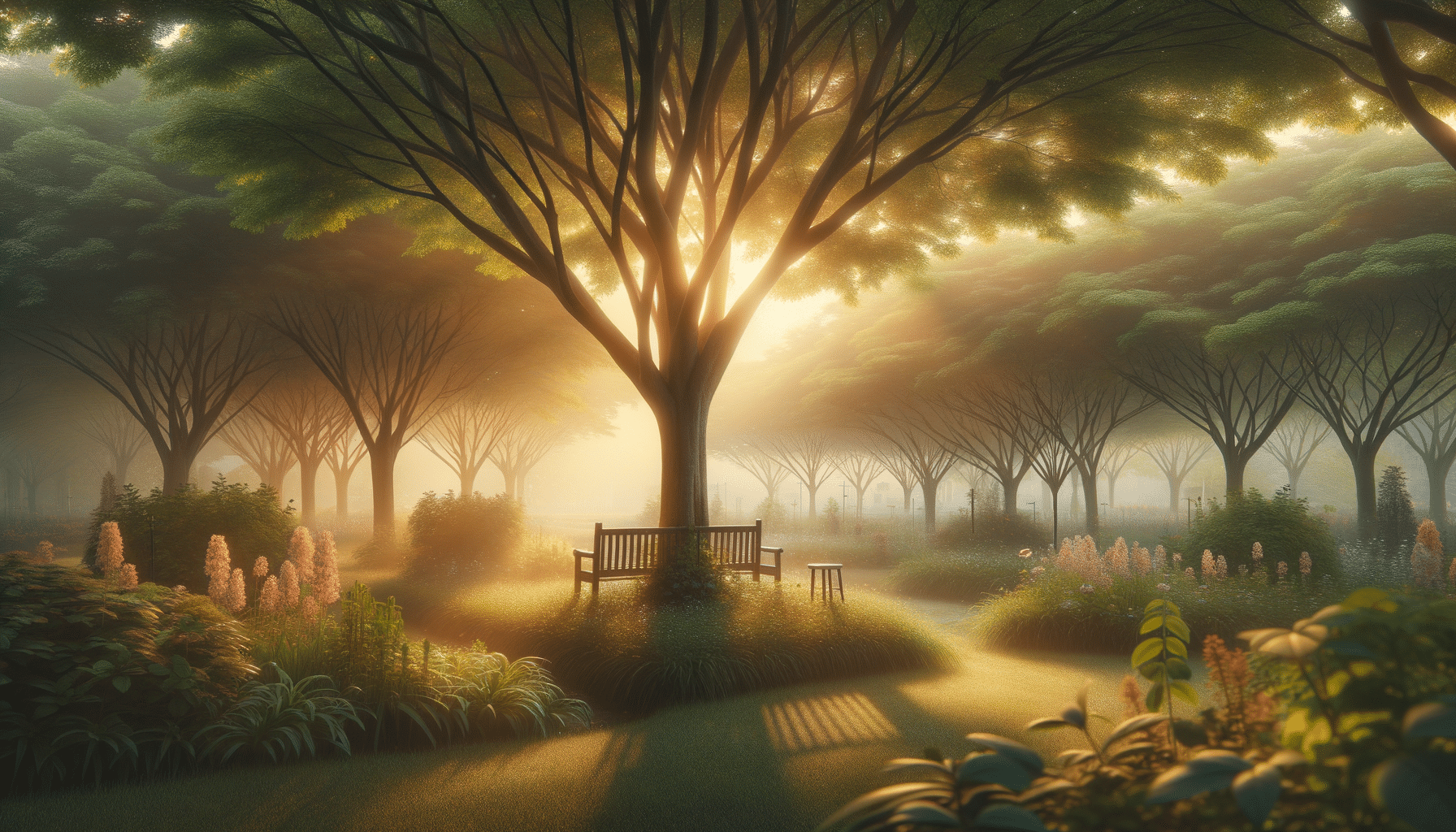
Exploring Backyard Cottages: A New Era in Senior Living Solutions
Introduction to Backyard Cottages
Backyard cottages, also known as accessory dwelling units (ADUs), are increasingly becoming a popular solution in the realm of senior living. These small, self-contained homes are typically built on the same lot as a primary residence, offering a unique blend of independence and proximity to family. As the demand for flexible living arrangements grows, backyard cottages are seen as a viable option for seniors who wish to maintain autonomy while staying close to loved ones.
The concept of backyard cottages is not entirely new, but their application in senior living is gaining traction. They provide an appealing alternative to traditional nursing homes or assisted living facilities, which can often feel impersonal and isolating. Instead, backyard cottages offer a personal space that can be customized to meet the specific needs of elderly residents, ensuring comfort and safety.
With the aging population on the rise, the need for innovative housing solutions is more pressing than ever. Backyard cottages present a compelling option, combining practical living arrangements with the emotional benefits of being near family.
The Benefits of Backyard Cottages
Backyard cottages offer numerous benefits, particularly for seniors seeking a balance between independence and support. One of the primary advantages is the ability for seniors to live in a familiar environment. Being close to family can significantly enhance their quality of life, providing emotional support and reducing feelings of loneliness.
These cottages are also highly customizable. They can be designed to include features such as grab bars, non-slip flooring, and accessible showers, which cater to the physical needs of seniors. Additionally, the proximity to the main house allows for easy monitoring and assistance, if necessary, while still maintaining privacy.
Financially, backyard cottages can be a cost-effective solution. They often require a lower initial investment compared to purchasing a separate property or paying for long-term care facilities. Moreover, they can add value to the primary residence, serving as a potential source of rental income if the need arises.
Finally, backyard cottages promote sustainable living. Their smaller size means they typically consume less energy and resources, aligning with environmentally friendly practices.
Design Considerations for Backyard Cottages
When planning a backyard cottage, several design considerations must be taken into account to ensure the space is both functional and comfortable for senior residents. The layout should prioritize accessibility, with open floor plans that allow for easy movement and wheelchair access if needed.
Lighting is another crucial aspect. Adequate natural and artificial lighting can help prevent accidents and create a welcoming atmosphere. Windows should be strategically placed to maximize daylight, while light fixtures should be easily operable and positioned to illuminate key areas effectively.
Storage solutions should be integrated into the design to minimize clutter and maintain a safe environment. Built-in shelves, cabinets, and drawers can provide ample space for personal belongings without compromising the living area.
Lastly, the exterior of the cottage should be as inviting as the interior. A small garden or patio can offer a tranquil outdoor retreat, enhancing the overall living experience.
Navigating Zoning Laws and Regulations
Before embarking on the construction of a backyard cottage, it’s essential to navigate the zoning laws and regulations that govern ADUs in your area. These laws can vary significantly between municipalities, affecting aspects such as size, placement, and usage of the cottage.
Homeowners should start by consulting their local planning department to understand the specific requirements and restrictions. This step is crucial to ensure compliance and avoid potential legal issues down the line.
Some common regulations include minimum lot size, setback requirements, and occupancy limits. Additionally, there may be restrictions on renting out the cottage or using it as a separate dwelling unit.
Understanding these regulations can help streamline the planning process and ensure that the backyard cottage is built legally and efficiently. It’s also advisable to work with professionals who are familiar with local zoning laws to navigate any complexities that may arise.
Conclusion: A Viable Solution for Senior Living
Backyard cottages represent a promising solution for senior living, offering a blend of independence and familial support. As the population continues to age, these small dwellings provide a practical and emotionally fulfilling alternative to traditional senior housing options.
The benefits of backyard cottages are manifold, from their customizable designs to their potential financial advantages. They allow seniors to live comfortably and safely, close to their loved ones, while maintaining a sense of autonomy.
For families considering this option, it’s important to carefully plan and navigate the necessary regulations. With thoughtful design and compliance with local laws, backyard cottages can be a rewarding investment in the well-being of senior family members.


